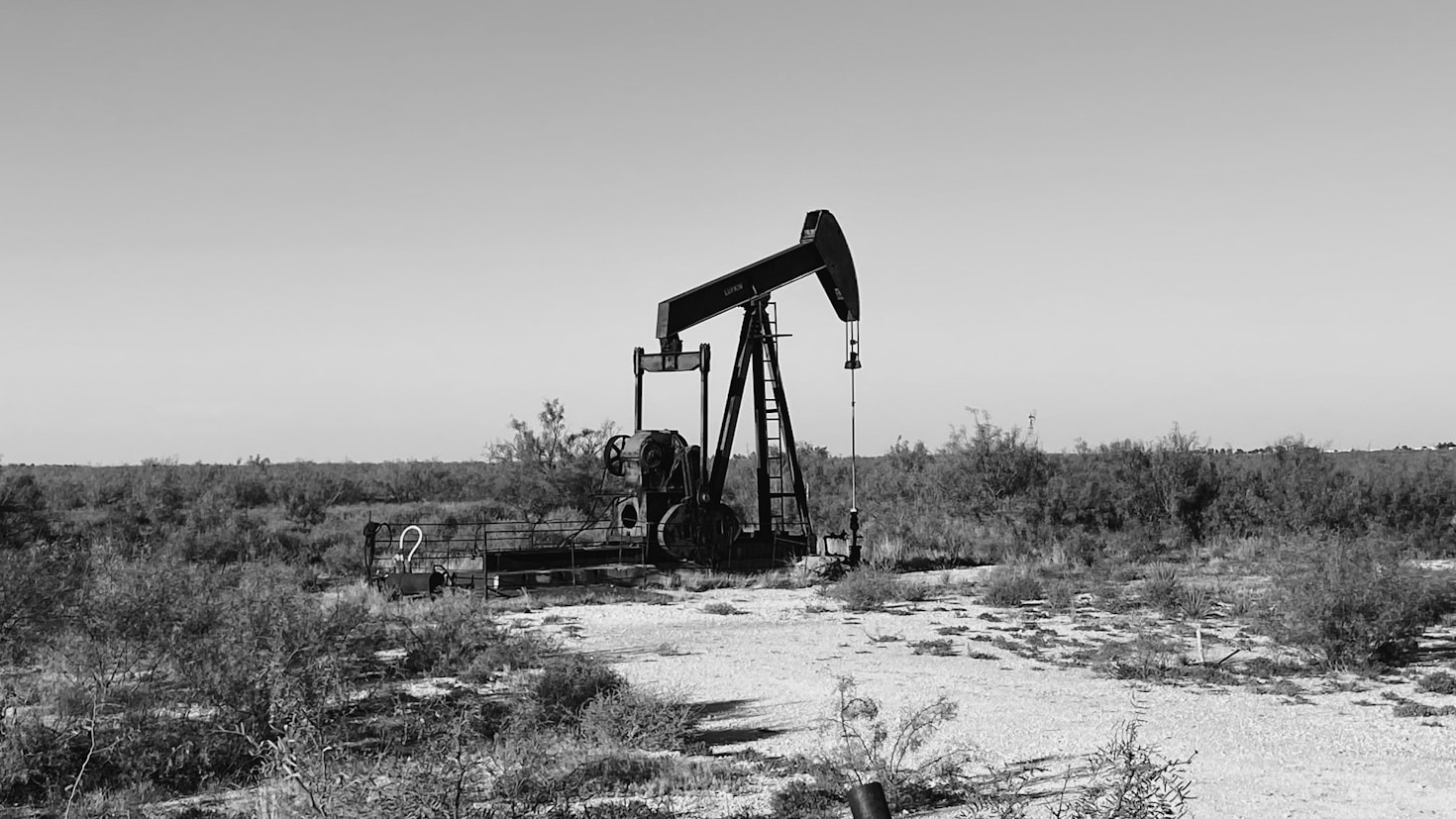We can transform oil trading efficiency by fundamentally shifting from a traditional, human-intensive intermediary model to a technology-driven platform that offers speed, data transparency, and advanced risk management.
The transformation efforts generally fall into three strategic pillars: Technology & Automation, Data & Market Intelligence, and Operational Excellence.
1. Technology & Automation (The Digital Core)
The single biggest lever for efficiency is automating manual and slow processes.
| Strategy | Actionable Steps | Efficiency Gain |
| Implement AI/Machine Learning for Price Discovery | Use AI-driven models to instantly analyze unstructured data (geopolitical news, weather, OPEC statements, social media) and structured data (inventory levels, satellite imagery of tankers). | Faster, more accurate decision-making and the ability to capture fleeting arbitrage opportunities before human traders can react. |
| Automate Trade Execution (Algorithmic Trading) | Develop algorithms to execute complex spread and hedging strategies across multiple exchanges (e.g., calendar spread arbitrage between futures contracts). | Reduced slippage (difference between expected and actual trade price) and near-zero latency for order execution. |
| Digitize Post-Trade Operations | Automate contract generation, settlement, invoicing, and regulatory reporting using digital platforms and potentially Blockchain-based Smart Contracts. | Massive reduction in back-office costs, human errors, and legal/settlement risk. |
| Adopt an Integrated CTRM System | Implement a robust Commodity Trading and Risk Management (CTRM) platform that unifies trading, logistics, settlement, and accounting data in real-time. | Provides a single source of truth for all transactions, eliminating data silos and reconciliation issues. |
2. Data & Market Intelligence (The Information Edge)
Efficiency in a volatile market is about having a superior information edge.
| Strategy | Actionable Steps | Efficiency Gain |
| Real-Time Logistics Visibility | Integrate with satellite tracking and AIS (Automatic Identification System) to track global tanker movements, port congestion, and refinery utilization in real-time. | Superior spatial arbitrage analysis by accurately factoring in dynamic shipping and delay costs. |
| Big Data Analytics for Forecasting | Use sophisticated analytics to process petabytes of historical market, economic, and supply-demand data to generate predictive price forecasts. | Improved hedging and position sizing, leading to higher risk-adjusted returns (Sharpe ratio). |
| Standardize and Centralize Data | Clean, tag, and centralize all internal and external market data into a single, accessible data lake. | Empowers traders to spend less time finding and cleaning data and more time analyzing opportunities. |
3. Operational Excellence & Risk Management
Brokerage efficiency is also defined by how well the company manages its own business processes and mitigates risk for clients.
| Strategy | Actionable Steps | Efficiency Gain |
| Refine Credit & Counterparty Risk | Implement AI/ML-driven models to continuously assess the credit risk of counterparty banks, producers, and refiners. | Minimized financial exposure and quicker credit approval for high-quality trades. |
| Optimize Financing Costs | Leverage digital treasury and financing tools to reduce the cost of funding for large physical oil transactions. | Increased capital efficiency and a better final profit margin on every physical trade. |
| Customized Digital Portals | Provide clients (producers, refiners) with personalized portals offering real-time pricing, tailored hedging structures, and direct electronic trading access. | Improved client experience and increased trade volume due to better market access. |
By executing these transformations, an oil brokerage shifts from being a manual transaction facilitator to an intelligent risk manager and data aggregator, which is the definition of efficiency in the modern commodity market. begins to take shape.




Leave a Reply